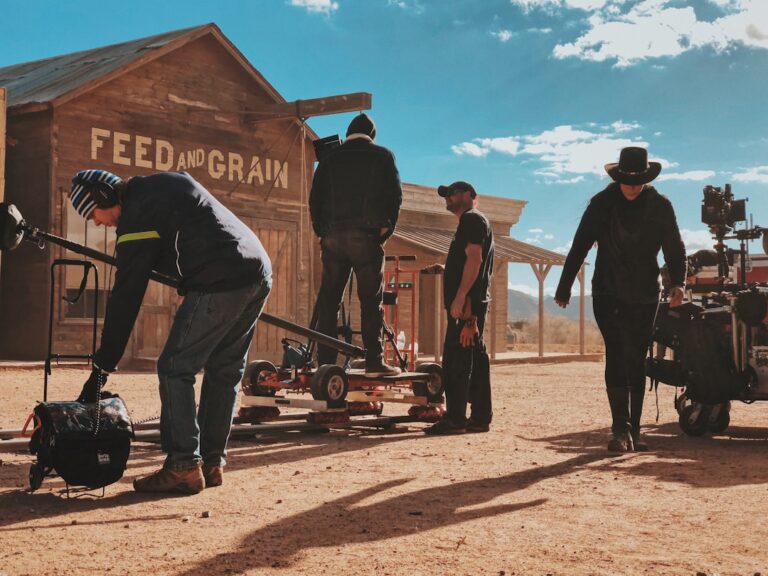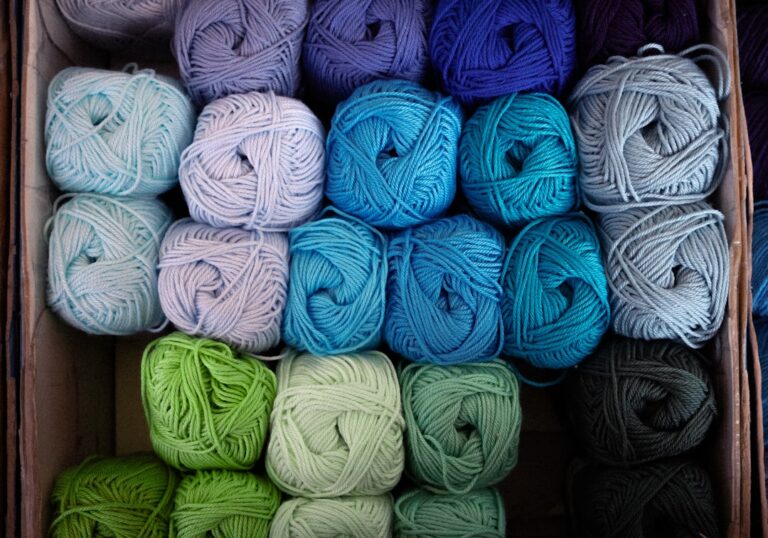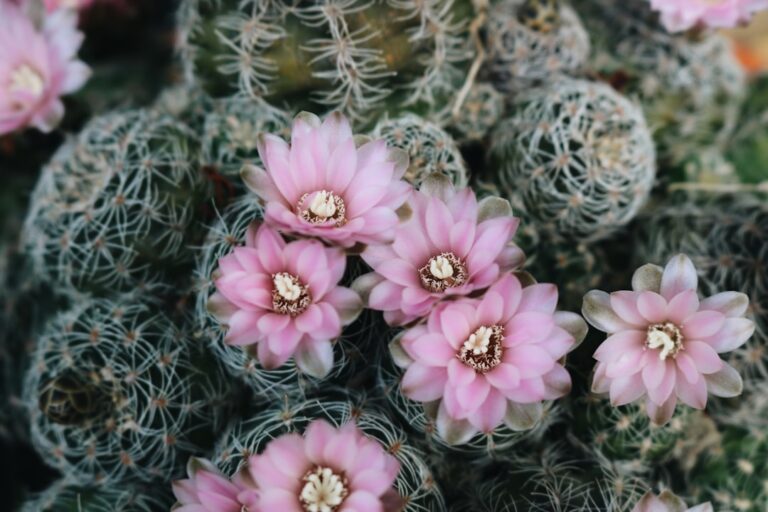Cactus dancing is a unique and fascinating art form that has captured the attention of people around the world. It involves performers dancing with cacti, creating a visually stunning and mesmerizing spectacle. The combination of the prickly cacti and the graceful movements of the dancers creates a juxtaposition that is both intriguing and captivating.
The art of cactus dancing is an interesting topic to explore because it combines elements of nature, culture, and performance. It showcases the beauty and resilience of cacti while also highlighting the skill and creativity of the dancers. Additionally, cactus dancing has deep roots in Mexican culture, making it an important part of the country’s heritage.
Key Takeaways
- Dancing cactus is a unique and prickly performance art form that originated in Mexico.
- Cactus holds significant cultural importance in Mexican traditions and is often used as a symbol of resilience and strength.
- The art of cactus dancing involves various techniques and routines that require skill and practice.
- Music plays a crucial role in cactus dancing, and costumes are an essential part of the performance.
- Cactus dancing has evolved from traditional to modern forms, and despite the challenges of performing with a cactus, it has gained global appeal as an art form.
The Origin of the Dancing Cactus
The origins of cactus dancing can be traced back to ancient times in Mexico. It is believed to have started as a form of ritualistic dance performed by indigenous tribes as a way to honor and communicate with nature. These early dances often incorporated elements of the natural world, including plants and animals.
Over time, cactus dancing evolved into a more structured and stylized art form. It became a popular form of entertainment at festivals and celebrations, with dancers incorporating intricate footwork, acrobatics, and props into their performances. The use of cacti in these dances became more prominent, symbolizing the connection between humans and nature.
The Significance of the Cactus in Mexican Culture
Cacti hold great cultural significance in Mexico. They are often seen as symbols of strength, resilience, and adaptability. In a country with diverse landscapes and climates, cacti have thrived in even the harshest conditions, making them a powerful symbol for the Mexican people.
Cacti are also deeply tied to Mexico’s history and traditions. They have been used for centuries for medicinal purposes, as a source of food and water, and as a natural barrier for protection. The cactus is even featured on the Mexican flag, representing the country’s indigenous roots and its ability to overcome adversity.
The Art of Cactus Dancing: Techniques and Routines
Cactus dancing involves a variety of techniques and routines that showcase the skill and creativity of the performers. One common technique is balancing cacti on different parts of the body, such as the head, shoulders, or hands. This requires a great deal of strength and control to maintain balance while executing intricate dance movements.
Another technique used in cactus dancing is spinning or twirling the cacti. This creates a visually stunning effect as the cacti appear to move in sync with the dancer’s movements. The dancers often incorporate spins, jumps, and other acrobatic moves into their routines, adding an element of excitement and danger to the performance.
The Role of Music in Cactus Dancing
Music plays an integral role in cactus dancing, setting the rhythm and tone for the performance. Traditional Mexican music, such as mariachi or banda, is often used to accompany cactus dances. These lively and energetic musical styles complement the dynamic movements of the dancers and create a festive atmosphere.
In addition to traditional Mexican music, modern influences have also made their way into cactus dancing. Some performers incorporate contemporary music genres, such as hip-hop or electronic dance music, into their routines. This fusion of traditional and modern music adds a fresh and innovative twist to the art form.
The Importance of Costumes in Cactus Dancing

Costumes are an essential part of cactus dancing, adding to the overall visual impact of the performance. Traditional costumes often feature vibrant colors, intricate embroidery, and elaborate headdresses or hats. These costumes reflect the rich cultural heritage of Mexico and help to create a sense of authenticity and tradition.
In addition to traditional costumes, some performers also incorporate more modern and avant-garde designs into their cactus dancing routines. These costumes may feature unconventional materials, such as LED lights or holographic fabrics, creating a futuristic and visually stunning effect.
The Evolution of Cactus Dancing: From Traditional to Modern
Cactus dancing has evolved over time, incorporating new techniques, styles, and influences. While traditional cactus dancing remains popular and is still performed at festivals and cultural events, there has been a shift towards more modern and innovative approaches.
One example of this evolution is the use of technology in cactus dancing. Some performers incorporate projection mapping or interactive lighting into their routines, creating a multi-sensory experience for the audience. This fusion of technology and traditional dance techniques pushes the boundaries of what is possible in cactus dancing.
The Challenges of Performing with a Cactus
Performing with a cactus presents its own set of challenges for dancers. The prickly nature of the cacti can cause discomfort or even injury if not handled properly. Dancers must develop a high level of skill and precision to avoid getting pricked while executing their routines.
Additionally, cacti are delicate plants that require specific care and attention. Dancers must ensure that the cacti used in their performances are healthy and well-maintained to prevent any harm to the plants. This requires knowledge of cacti species, proper handling techniques, and regular maintenance.
The Global Appeal of Cactus Dancing
Cactus dancing has gained popularity outside of Mexico and has found a global audience. It is now performed and enjoyed in countries around the world, including the United States, Canada, Europe, and Asia. This global appeal can be attributed to the unique and visually stunning nature of cactus dancing.
In addition to live performances, cactus dancing has also gained traction on social media platforms such as YouTube and Instagram. Videos of cactus dancing performances have gone viral, reaching millions of viewers and sparking interest in the art form. This online presence has helped to spread awareness and appreciation for cactus dancing on a global scale.
The Future of Cactus Dancing as an Art Form
The future of cactus dancing as an art form is bright and promising. As it continues to evolve and grow, cactus dancing has the potential to reach even greater heights of creativity and innovation. With advancements in technology and a growing global audience, the possibilities for cactus dancing are endless.
However, it is important to remember and honor the cultural roots of cactus dancing. As the art form continues to gain popularity, it is crucial to respect and preserve its traditional elements. By striking a balance between tradition and innovation, cactus dancing can continue to captivate audiences around the world for generations to come.
If you’re a fan of the dancing cactus trend, you won’t want to miss out on this fascinating article on Cabadart.com. Discover the mesmerizing world of animated plants and explore the captivating story behind the viral sensation of dancing cacti. From their origins to their popularity on social media, this article delves into the enchanting realm of these quirky botanical performers. So, put on your dancing shoes and click here to read more about the incredible dancing cactus phenomenon! (source)
FAQs
What is a dancing cactus?
A dancing cactus is a type of toy or decoration that features a cactus-shaped figure that moves or dances in some way. It may be powered by batteries or by winding a mechanism.
How does a dancing cactus work?
The exact mechanism for a dancing cactus can vary depending on the specific product. Some may use a motor or other electronic components to create movement, while others may rely on a wind-up mechanism or other manual method.
What are some common features of a dancing cactus?
Many dancing cacti feature bright colors, exaggerated facial expressions, and other whimsical details. They may also play music or make noise as they move.
Where can I buy a dancing cactus?
Dancing cacti can be found at a variety of retailers, including toy stores, gift shops, and online marketplaces. Some popular brands include Kikkerland and Windy City Novelties.
Are dancing cacti safe for children?
As with any toy or decoration, it is important to follow the manufacturer’s guidelines for age appropriateness and safety. Some dancing cacti may contain small parts or other hazards that could pose a risk to young children.
What are some popular uses for a dancing cactus?
Dancing cacti can be used as a fun decoration for a variety of occasions, including parties, holidays, and everyday use. They can also make a unique and entertaining gift for friends and family.









+ There are no comments
Add yours